Medical injection molds serve as the core tool for manufacturing high-precision medical devices, with their performance directly determining product quality and safety. From material selection to process control, structural design to production maintenance, subtle variations in multiple stages can trigger performance fluctuations in molds, potentially leading to medical product failures. Combining industry practices and case studies, this article systematically analyzes the key factors influencing the performance of medical injection molds.
I. Mold Material: The Foundation of Performance and Durability
Mold steel is the core element determining mold performance. Medical injection molds must meet stringent requirements for precision, corrosion resistance, and fatigue resistance, necessitating a balance between performance and cost:
-
Steel Compatibility: Different plastics impose varying demands on mold steel. For instance, engineering plastics like polycarbonate (PC) require high-hardness, wear-resistant steel (e.g., H13/2344), while general-purpose plastics like polypropylene (PP) can use cost-effective P20 steel. Mismatched steel-plastic combinations may accelerate mold wear or cause surface defects.
-
Surface Treatment Processes: Nitriding enhances steel surface hardness to 1000-1200HV, extending mold lifespan by 30%-50%. Electroplating (e.g., chrome plating) improves corrosion resistance, suitable for molds requiring frequent sterilization. A mold for pacemaker housings achieved a lifespan increase from 500,000 to 800,000 cycles through nitriding.
-
Batch Consistency: Variations in steel composition (e.g., ±0.1% carbon content) may cause uneven hardness after heat treatment, leading to localized cracking. A mold for orthopedic implants exceeded the ±0.005mm medical-grade dimensional tolerance due to steel batch inconsistencies.
II. Structural Design: Balancing Precision and Functionality
Mold structural design must integrate material properties, molding processes, and product functionality. Neglect in any area may trigger systemic risks:
-
Cooling System Optimization: Medical products demand high dimensional stability, requiring uniform cooling. A mold for insulin syringes reduced shrinkage variation from ±0.3% to ±0.1% through simulation-optimized cooling channel layouts.
-
Venting System Design: Surface defects (e.g., bubbles, silver streaks) in medical products often stem from inadequate venting. A mold for infusion set droppers increased vent slot depth to 0.02mm, improving weld line strength by 40%.
-
Ejection Mechanism Precision: Thin-walled medical products (e.g., blood collection tubes) are prone to deformation from uneven ejection forces. Nitrogen-assisted ejection systems raised the yield rate of a blood collection tube mold from 82% to 97%.
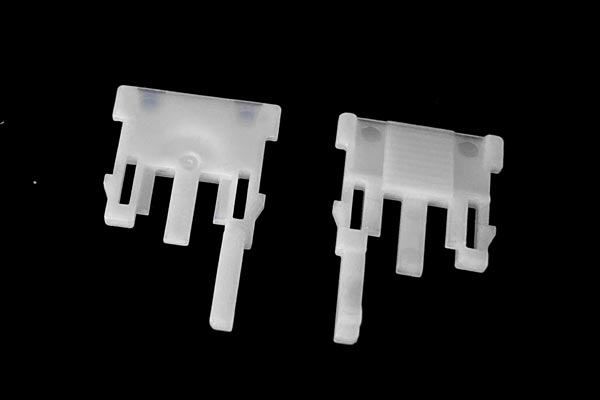
III. Machining Processes: Achieving Micron-Level Precision
Mold machining accuracy directly impacts product compliance. Medical molds require cavity dimensional tolerances within ±0.005mm, necessitating risk mitigation in processing:
-
Equipment Precision Management: Five-axis machining centers must maintain positioning errors ≤0.002mm, with tool wear exceeding 0.01mm requiring immediate replacement. A mold for artificial joints failed surface roughness standards due to delayed tool replacement, risking postoperative inflammation.
-
Heat Treatment Deformation Control: Quenching-induced deformation must remain ≤0.05mm; otherwise, numerical control (NC) compensation is required. A mold for surgical instrument handles reduced cavity deformation from 0.12mm to 0.03mm after three heat treatment corrections.
-
Standard Part Quality Control: Guide posts and bushings must maintain coaxiality errors ≤0.003mm. A mold for endoscope lenses suffered cavity misalignment (0.08mm) due to low-precision standard parts, compromising optical performance.
IV. Injection Molding Processes: Synergy of Parameters and Environment
Medical products impose strict requirements on biocompatibility and dimensional stability, demanding precise control of injection molding parameters:
-
Temperature Parameter Optimization: Polyetheretherketone (PEEK) molds require mold temperatures of 180-200°C. Excessive barrel temperatures (>350°C) degrade materials, releasing toxic monomers. A mold for spinal implants caused surface soluble substance release and clinical inflammation due to temperature overruns.
-
Dynamic Pressure Balancing: Packing pressure must adjust dynamically based on product wall thickness. A mold for vascular stents reduced wall thickness tolerance from ±0.02mm to ±0.008mm using real-time pressure sensor feedback.
-
Cleanroom Environment Control: Injection molding workshops must achieve ISO 14644-1 Class 7 cleanliness, with particulate sizes <0.5μm. A mold for infusion pumps exhibited surface particles (0.8μm) due to air filtration failure, causing pump jamming.
V. Biocompatibility: Dual Challenges of Material and Process
Medical products in direct contact with human tissues require biocompatibility throughout the mold lifecycle:
-
Material Purity Control: Medical-grade ultra-high-molecular-weight polyethylene (UHMWPE) must contain heavy metals (e.g., lead, cadmium) <1ppm. A mold for artificial joints elevated patient blood lead levels due to excessive lead (3ppm) in raw materials.
-
Process Contamination Prevention: Mold cleaning requires purified water (conductivity <1μS/cm). A mold for catheters caused chemical irritation from residual chloride ions due to tap water cleaning.
-
Mold Surface Treatment: Titanium coating reduces friction coefficients between molds and plastics to 0.1, minimizing product internal stress. A mold for heart valves tripled fatigue lifespan (from 1 million to 3 million cycles) after titanium coating.
VI. Maintenance and Upkeep: Safeguarding Lifespan and Performance
Neglected mold maintenance is a primary cause of performance degradation:
-
Scheduled Maintenance: Molds require disassembly every 5,000 injection cycles to inspect cavity wear and cooling channel blockages. A mold for ventilator masks suffered cavity corrosion and a 15% leak rate due to skipped maintenance.
-
Rust Prevention Protocols: Storage environments must maintain humidity <60%, with cavity surfaces coated in specialized rust inhibitors. A mold for surgical knife handles developed surface rust and blemishes from improper storage.
-
Data Traceability Systems: Mold usage archives should record injection parameters and maintenance history. Data analysis revealed an inverse correlation between injection pressure and mold lifespan for an insulin pen mold, enabling a 40% lifespan extension through process optimization.
Conclusion
Enhancing medical injection mold performance requires a holistic approach integrating material selection, structural design, machining processes, injection control, and maintenance. As the medical industry demands stricter precision, biocompatibility, and long-term stability, mold manufacturers must establish rigorous quality control systems, leveraging digital simulation, online monitoring, and intelligent maintenance to achieve sustained performance breakthroughs. Only through such efforts can medical injection products truly safeguard patient lives.
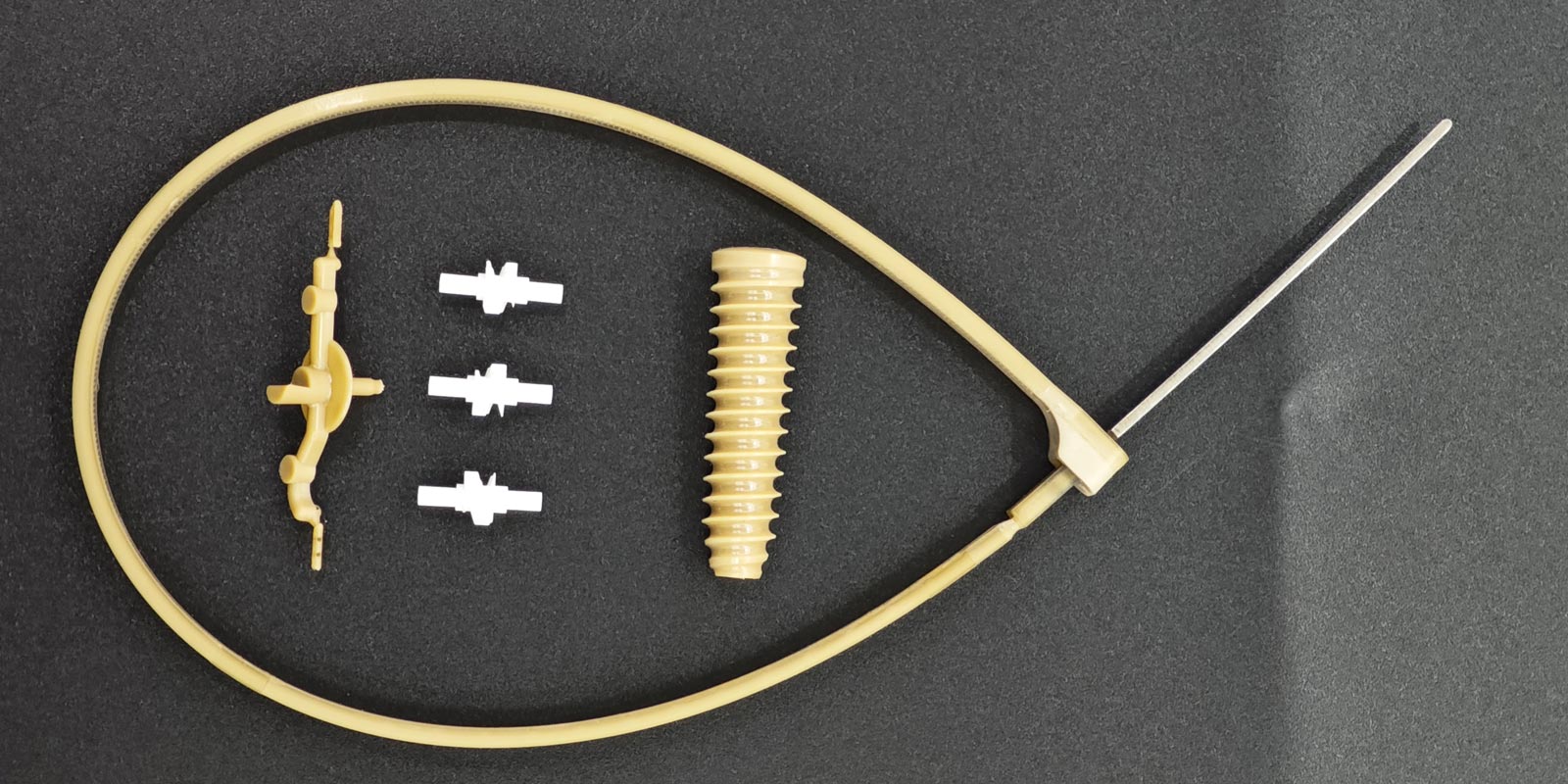
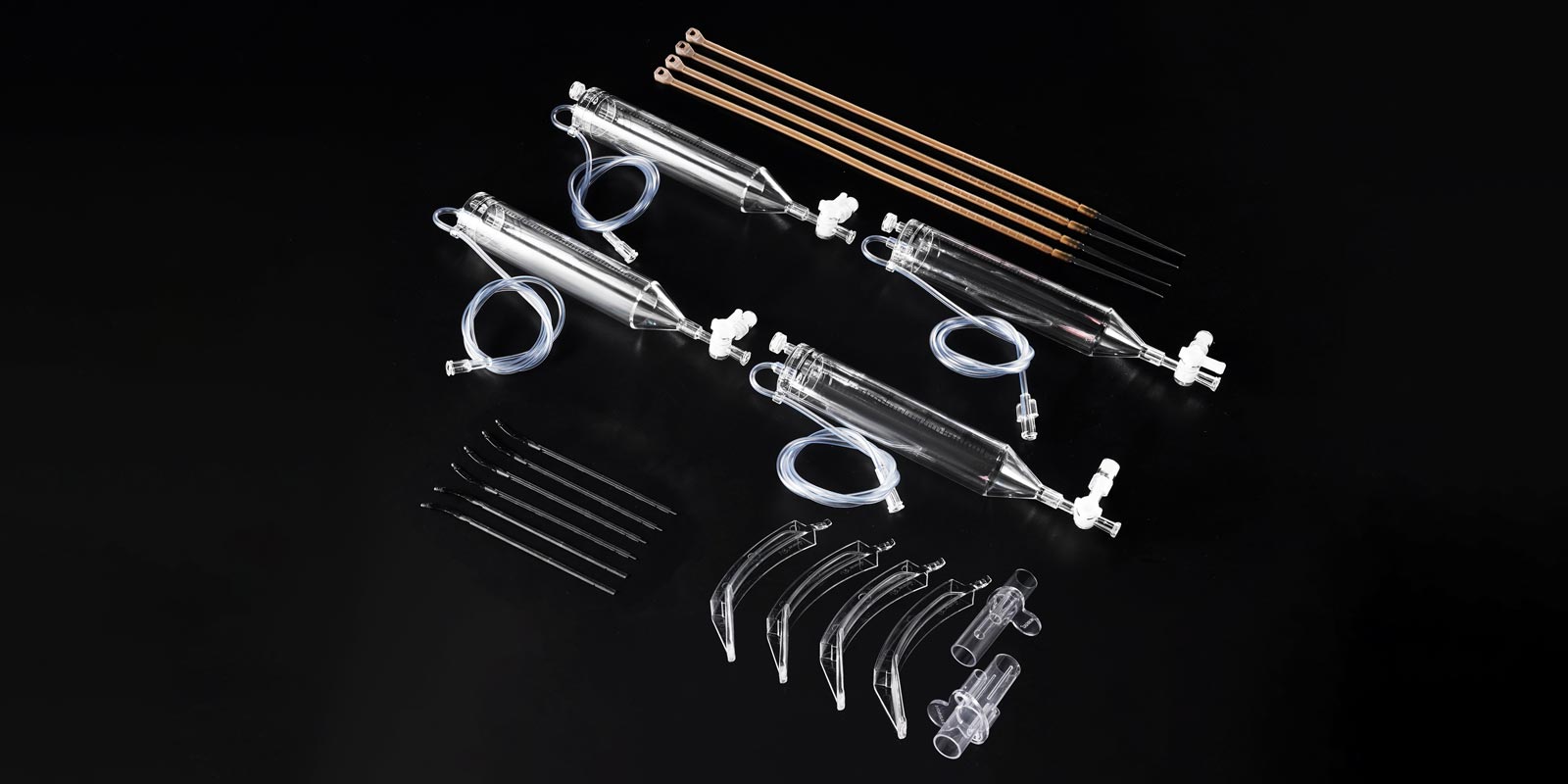

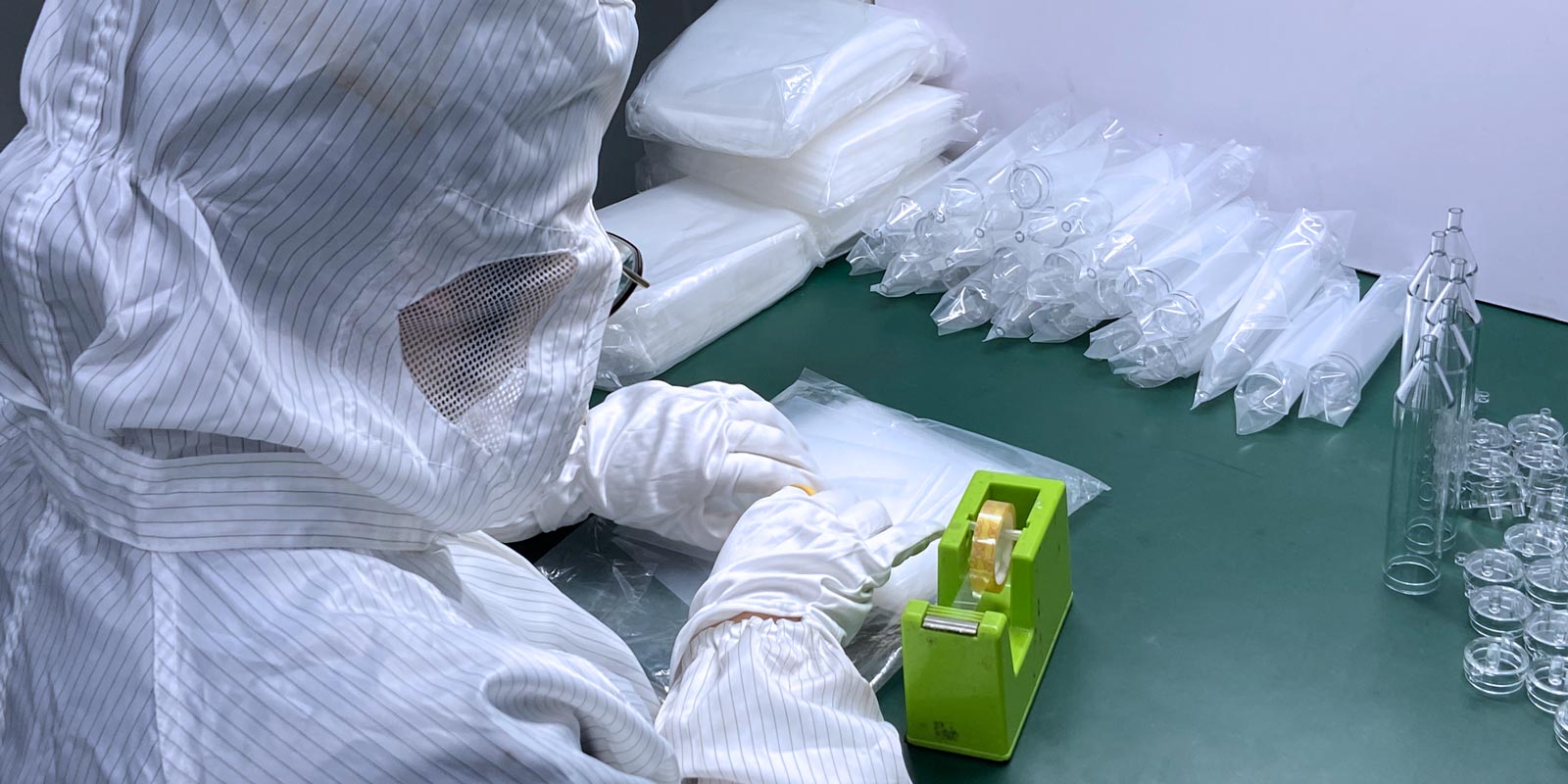
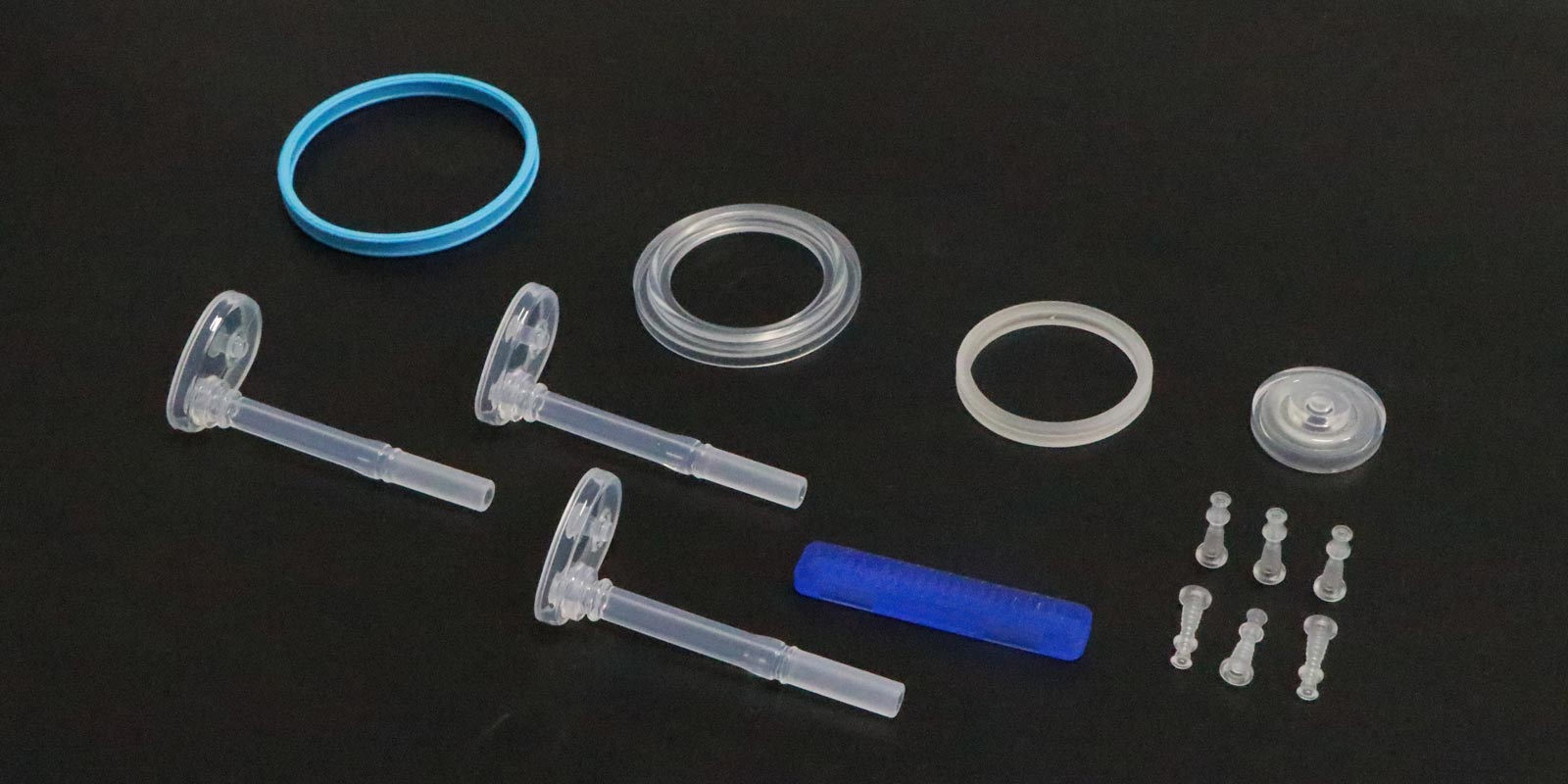
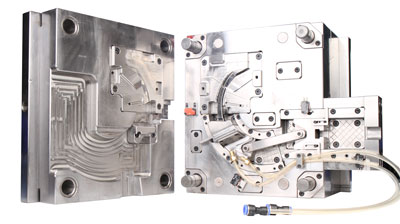
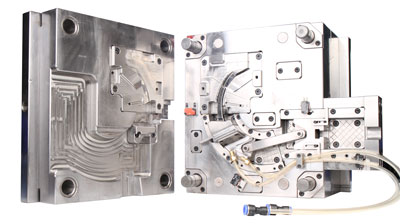
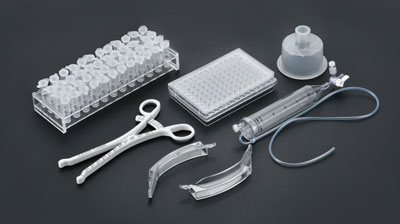








 Home
Home
